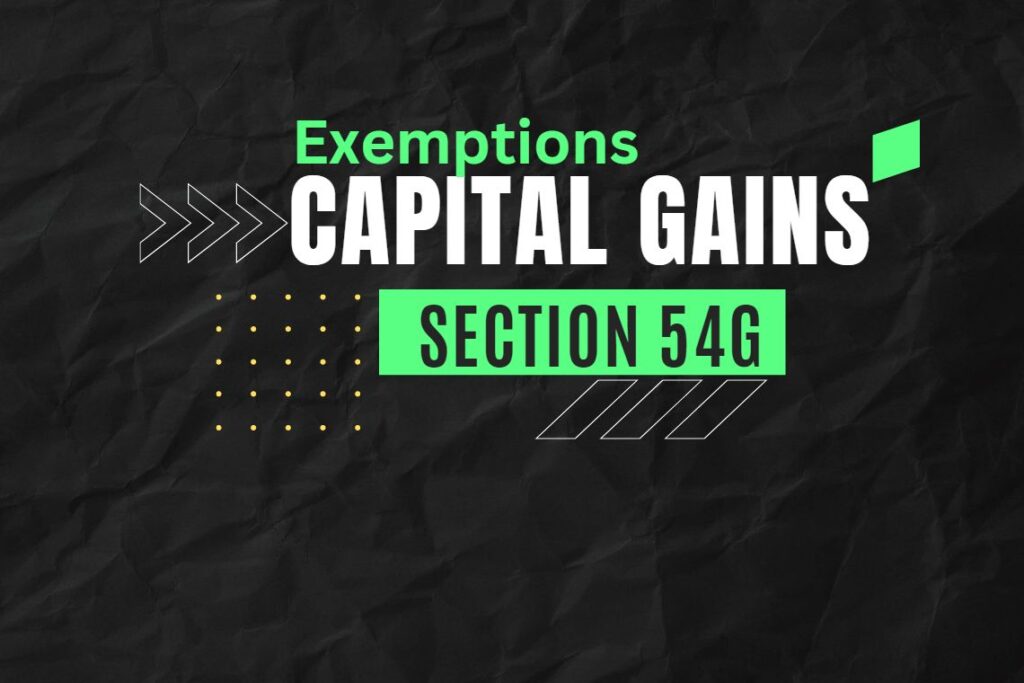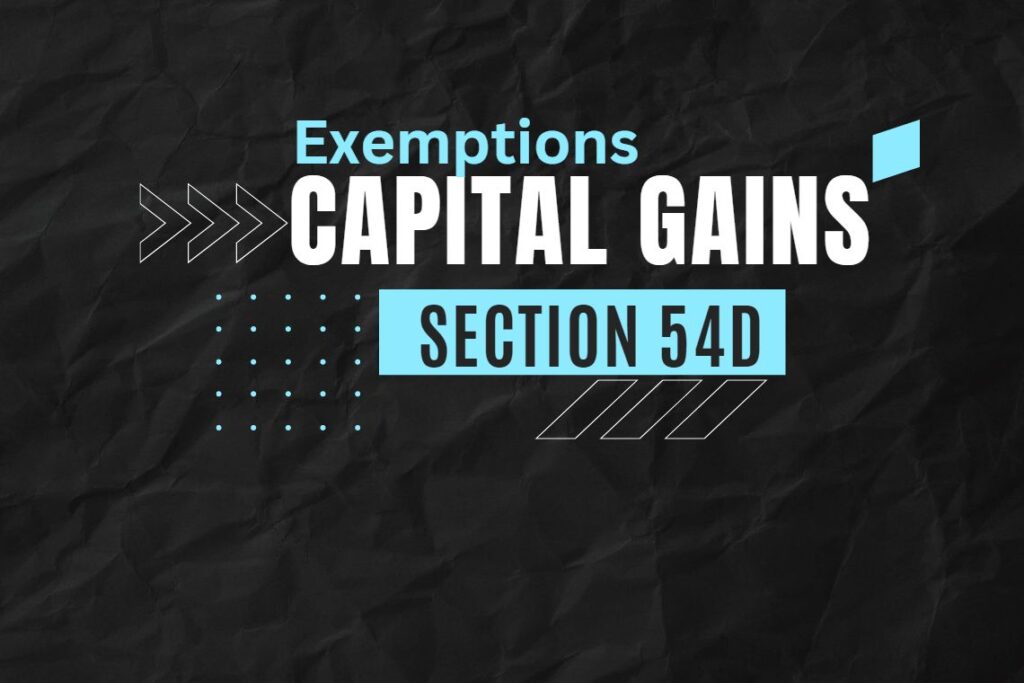Section 50C of the Indian Income Tax Act, 1961, is applicable to the computation of capital gains in real estate transactions, specifically for the sale of land or building or both. It is aimed at ensuring that the fair market value (FMV) of the property is appropriately considered for taxation, even if the actual sale consideration is lower.
Section 50C makes a special provision for determining the full value of consideration in cases of transfer of immovable property. It provides that where the consideration declared to be received or accruing as a result of the transfer of land or building or both, is less than the value adopted or assessed or assessable by any authority of a State Government (i.e., “stamp valuation authority”) for the purpose of payment of stamp duty in respect of such transfer, the value so adopted or assessed or assessable shall be deemed to be the full value of the consideration, and capital gains shall be computed on the basis of such consideration (i.e., stamp duty value) under section 48 of the income- tax Act.
However, where the value adopted or assessed or assessable by the stamp valuation authority does not exceed 110%, of the consideration received or accruing as a result of the transfer, the consideration so received or accruing as a result of the transfer shall, for the purposes of section 48, be deemed to be the full value of the consideration. [Third proviso inserted under section 50C(1)]
in other words, if there is any variation between the Stamp duty price and actual consideration for the purpose of section 50C which is not more than 10% of the actual consideration, such variation shall be ignored and consideration price in this case shall be taken as actual consideration.
Here’s how the computation of capital gains works under Section 50C:
What is Section 50C?
Section 50C of the Indian Income Tax Act was introduced to prevent tax evasion and ensure fair valuation of real estate transactions. It states that if the consideration for the transfer of a capital asset, being land or building or both, is less than the value adopted or assessed by the stamp valuation authority for the purpose of payment of stamp duty, then the value adopted or assessed by the stamp valuation authority shall be deemed to be the full value of the consideration for the purposes of computing capital gains.
Applicability:
Section 50C applies when an individual or entity transfers a capital asset, which is land or a building or both, and the sale consideration received or accruing to the seller is lower than the value adopted or assessed by the Stamp Valuation Authority for the purpose of determining stamp duty.
How is Capital Gains Computed under Section 50C?
When a property is sold or transferred, the capital gains are calculated based on the full value of consideration. However, if the stamp valuation authority has assessed the property at a higher value than the actual sale price, the deemed value assessed by the stamp valuation authority will be considered for computing the capital gains.
For example, if Mr. A sells a property for Rs. 50 lakh, but the stamp valuation authority has valued the property at Rs. 60 lakh, then the capital gains will be computed based on the deemed value of Rs. 60 lakh instead of the actual sale price of Rs. 50 lakh.
Exceptions to Section 50C
Section 50C does not apply in certain cases. It is not applicable when:
- The transfer of property is made under a scheme of amalgamation or demerger
- The transfer is between a holding company and its subsidiary
- The transfer is between two subsidiaries of a holding company
- The property being transferred is a stock-in-trade of the assessee
- The property being transferred is a capital asset of the assessee, being an undertaking or division transferred to a business reorganization
Fair Market Value (FMV):
The FMV of the property is the key factor in the computation of capital gains under Section 50C. This FMV is determined based on the rates fixed by the Stamp Valuation Authority for stamp duty purposes.
Comparison of Sale Consideration and FMV:
If the sale consideration received or accruing to the seller is lower than the FMV determined by the Stamp Valuation Authority, then the FMV is deemed to be the sale consideration for the purpose of computing capital gains.
- If Sale Consideration < FMV (Stamp Duty Value): The FMV becomes the sale consideration, and capital gains are calculated based on this higher value.
- If Sale Consideration ≥ FMV: The actual sale consideration is used for capital gains computation.
Capital Gains Calculation:
The capital gains are calculated as follows:
Capital Gains = Sale Consideration – Cost of Acquisition – Cost of Improvement – Exemption (if applicable)
- The cost of acquisition includes the actual purchase price of the property.
- The cost of improvement includes expenses incurred to improve the property.
- Exemptions, such as those under Section 54 for reinvestment in another property, can be claimed if the conditions are met.
Tax Rate:
Capital gains from the sale of real estate are taxed at either short-term or long-term capital gains tax rates, depending on the holding period. If the property is held for 24 months or less, it’s considered a short-term capital asset, and the gains are taxed at the applicable short-term capital gains rate. If held for more than 24 months, it’s considered a long-term capital asset, and the gains are taxed at the applicable long-term capital gains rate.
Reporting and Compliance:
Taxpayers are required to report the capital gains and the sale consideration in their income tax returns. Proper documentation, such as property sale agreements and valuation reports, should be maintained.
Rationalization of Section 50C in case sale consideration is fixed under agreement executed prior to the date of registration of immovable property [First and Second provisos to Section 50C]
Where the date of the agreement fixing the amount of consideration and the date of registration for the transfer of the capital asset are not the same, the value adopted or assessed or assessable by the stamp valuation authority on the date of agreement may be taken for the purposes of computing full value of consideration for such transfer. [First proviso]
However, the first proviso shall apply only in a case where the amount of consideration, or a part thereof, has been received by way of an account payee cheque or account payee bank draft or by use of electronic clearing system through a bank account or such other electronic mode as may be prescribed, on or before the date of the agreement for transfer. [Second proviso]
Where valuation, can be referred to the Valuation Officer:
If the following conditions are satisfied, the Assessing Officer may on the basis of claim made by the assessee refer the valuation of the relevant asset to a Valuation Officer in accordance with section 55A of the Income-tax Act:
(i) where the assessee claims before the Assessing Officer that the value adopted or assessed by the stamp valuation authority exceeds the fair market value of the property as on the date of transfer; and
(ii) the value so adopted or assessed or assessable by stamp valuation authority has not been disputed, in any appeal or revision or reference before any authority or Court.
Consequences where the value is determined by the Valuation Officer:
If the fair market value determined by the Valuation Officer is less than the value adopted for stamp duty purposes, the Assessing Officer may take such fair market value determined by the Valuation Officer to be the full value of consideration. However, if the fair market value determined by the Valuation Officer is more than the value adopted or assessed or assessable for stamp duty purposes, the Assessing Officer shall not adopt such fair market value and will take the full value of consideration to be the value adopted or assessed or assessable for stamp duty purposes.
If the value adopted or assessed for stamp duty purposes is subsequently revised in any appeal, revision or reference, the assessment made shall be amended to recompute the capital gains by taking the revised value as the full value of consideration and the provision of section 154 (relating to rectification of mistake) shall apply thereto.
| The expression “assessable” means the price which the stamp valuation authority would have, notwithstanding anything to the contrary contained in any other law for the time being in force, adopted or assessed, if it were referred to such authority for the purposes of the payment of stamp duty. |

![Computation of Capital Gains [Section 50C]](https://incometaxmanagement.in/wp-content/uploads/2023/09/Computation-of-Capital-Gains-Section-50C-1024x683.jpg)









